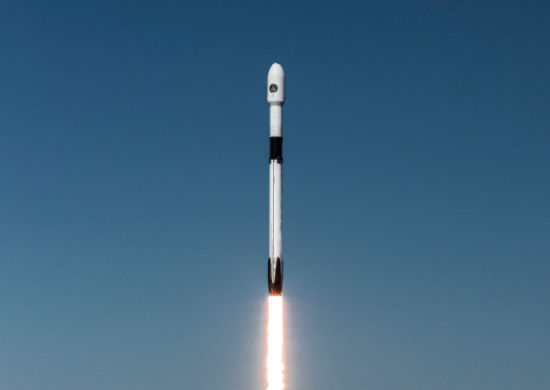Starlink’s customers have received mails from SpaceX asking them to write to the Federal Communications Comission and their members of Congress to help the company fight against Dish Network over network frequencies, The Verge reported.
The email asked users for their support in “ending a lobbying campaign that threatens to make Starlink unusable for you and the majority of our American customers.”
The email comes in the wake of an ongoing quarrel between SpaceX and Dish over the 12GHz band, which consists of a range of frequencies. Starlink satellites were launched in 2019 and currently, the internet-from-space service provides connectivity to over 400,000 users. The company is constantly adding to its fleet of 2,400 satellites in orbit around Earth.
Starlink uses the 12GHz band to transmit broadband internet, the same band that the FCC opened for setting up 5G in January last year. Companies like Dish and RS Access have submitted their own studies on how they can leverage the network band. They’ve even set up “5G for 12Ghz Coalition” which is lobbying the FCC to change the rules.
Also Read: Tesla and SpaceX CEO Elon Musk’s most controversial and offbeat moments
Not to be outdone, SpaceX has published its own studies. They have sent their research to Starlink customers stating that should the 12GHz band be opened for 5G use, their Starlink service will experience “total outage of service 74% of the time.” The company has sent in a filing to the FCC saying that it uses the 12GHz band as the backbone for their internet service.
The email doesn’t hold back, saying that Dish has hired “paid lobbyists” to “mislead the FCC” in their attempts at “obscuring the truth.” It isn’t like Dish isn’t already on the 12GHz band. The company uses it to provide a degree of satellite TV, and is one of the largest licence holders.
The tiff between SpaceX and Dish isn’t likely to be the only one. Earlier this year, AT&T and Verizon were hauled up by the Federal Aviation Administration over their use of certain spectrum frequencies around airports, which had the potential to interfere with altimeters.







